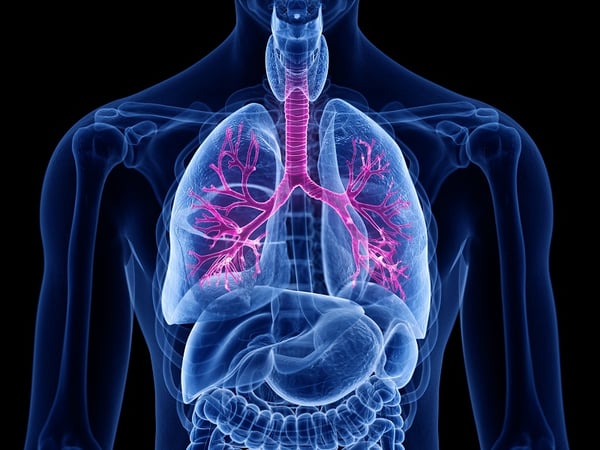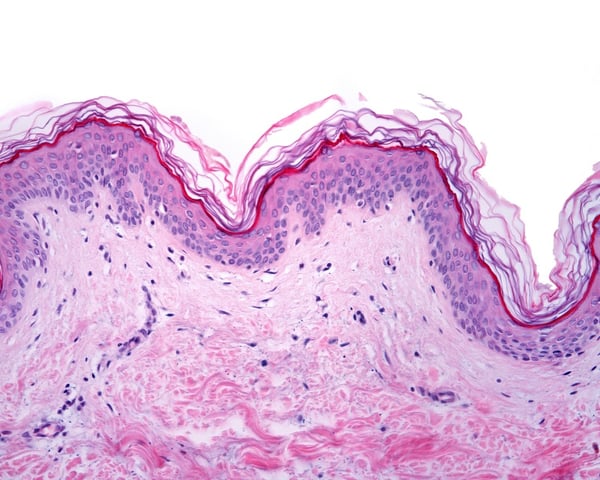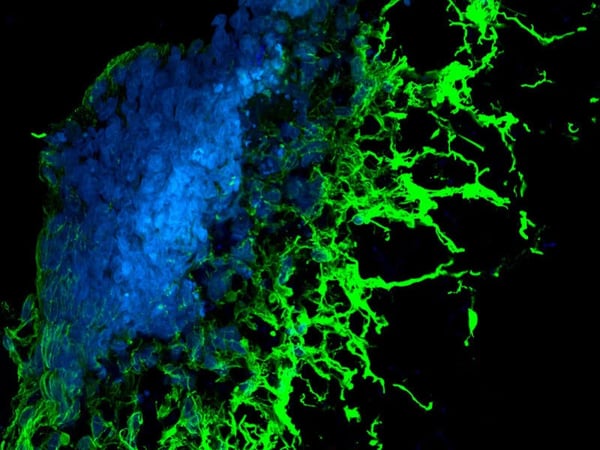Differences between Alvetex and Alvetex Advanced plasticware
| Features and capabilities | Alvetex 3D Cell Culture Systems Alvetex® Scaffold
Alvetex® Strata
|
Alvetex Advanced Tissue Bioengineering System Alvetex® Scaffold |
|
|---|---|---|---|
| Supports routine 3D cell culture | ✓ | ✓ | ✓ |
| Cells maintain their natural shape and can interact with neighbouring cells | ✓ | ✓ | ✓ |
| Fibroblasts produce endogenous ECM negating need for additional coatings | ✓ | ✓ | ✓ |
| Compatible with a wide range of standard molecular, cellular and histological techniques used in cell biology and biomedical laboratories | ✓ | ✓ | ✓ |
| Inserts compatible with existing commercial culture plates | ✓ | ✓ | ✓ |
| Mammalian cells adhere and grow primarily on the surface of the scaffold | ✓ | ||
| Mammalian cells grow primarily within the scaffold and on its surface | ✓ | ✓ | |
| Designed to enable bioengineering of tissue constructs (e.g. human skin) | ✓ | ✓✓✓ | |
| Unique set of inserts, handles, plates allows users great flexibility in experimental design, customising setup bespoke for specific applications | ✓✓✓ | ||
| Live culture models can be readily transferred between different plasticware formats | ✓✓ | ✓✓ | ✓✓✓ |
| Compatible with measurement instrumentation (e.g. TEER, pH) | ✓ | ✓✓ | |
| Clinical / cosmetic testing instruments can be used on in vitro skin models | ✓ | ✓✓✓ | |
| Dimensions of baseplates consistent with existing commercial plasticware enabling compatibility with robotics platforms, imaging setups, readers, etc. | ✓✓✓ | ||
| Unique design enables 3D culture models to be easily released for subsequent analysis by unclipping the bespoke insert and releasing the Alvetex disc | ✓ | ✓ | ✓ |
| Live unclipped cultures and be re-assembled post-analysis and culture continued | ✓ | ✓ | ✓ |
| Control of media volumes above and below culture model | ✓ | ✓✓✓ | |
| Range of single well and multi-welled plates allowing greater control over media volumes | ✓✓✓ | ||
| Novel single welled plates allow sharing of media and paracrine signals between models promoting crosstalk during tissue differentiation and function | ✓✓✓ | ||
| Ability to handle and change media of multiple models simultaneously | ✓✓✓ | ||
| Easily raise and lower the inserts while in culture, e.g. to air interface | ✓ | ✓ | ✓✓✓ |
| Enhanced perimeter seal around the model enabling more advanced barrier permeation assays and testing passage of substances between upper and lower compartments | ✓ | ||
| Surface of the tissue construct readily accessible enabling application of test articles, measurements, imaging, wounding to surface, occlusion, etc. | ✓ | ✓ | ✓✓✓ |
| Ability to access surface of the tissue construct in isolation of the growth medium below, minimising chances of media contamination | ✓✓✓ | ||
| Single welled plates and deep multi-welled plate can be used for general cell culture applications alone | ✓✓✓ | ||








































